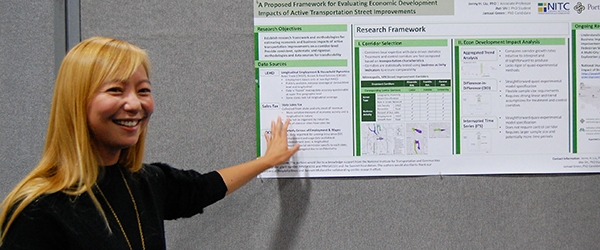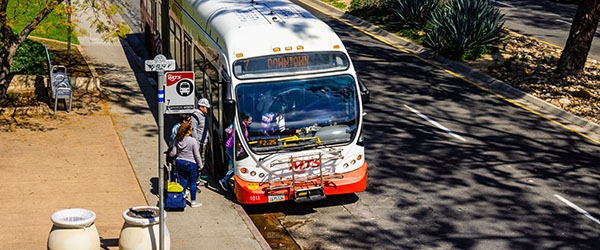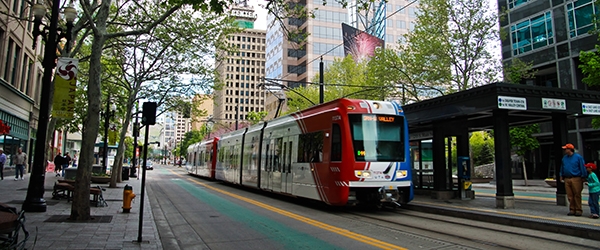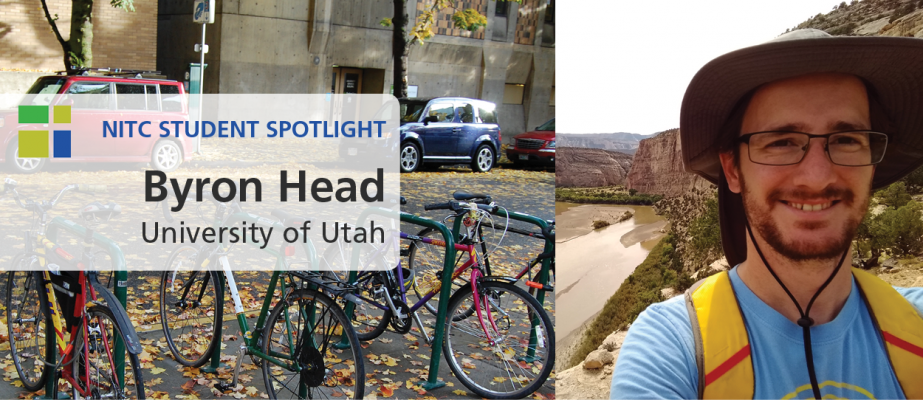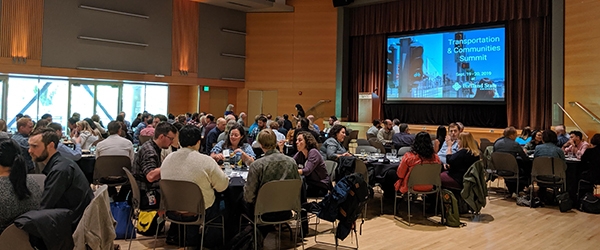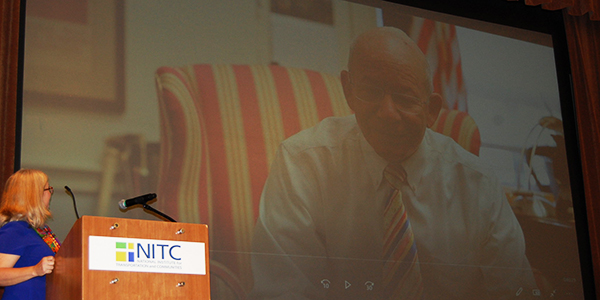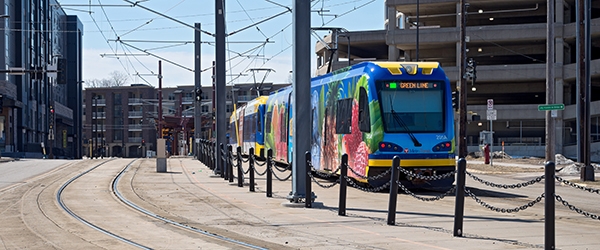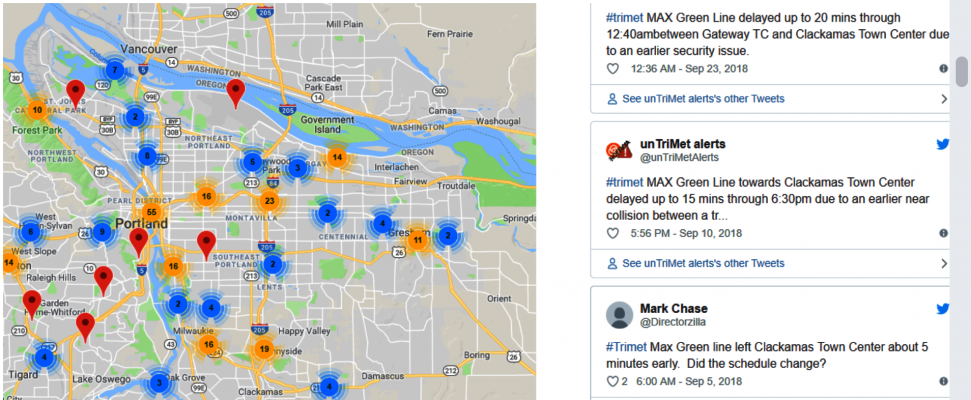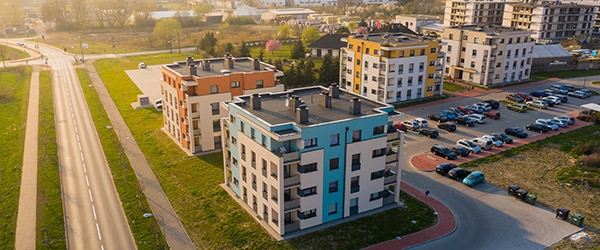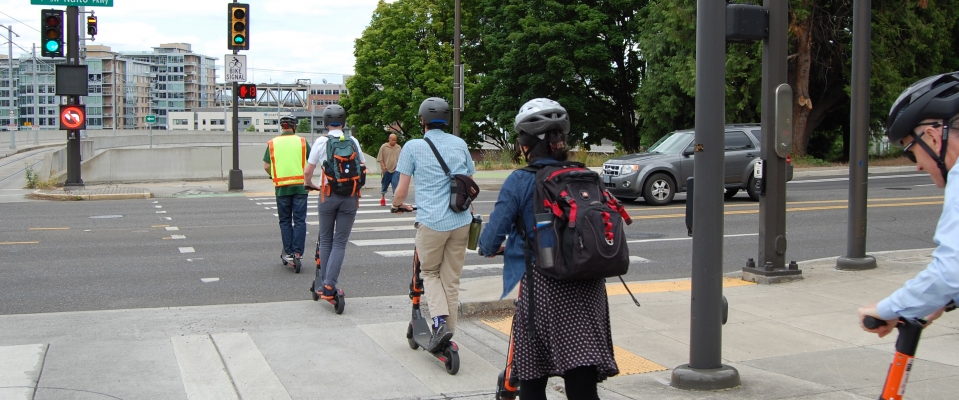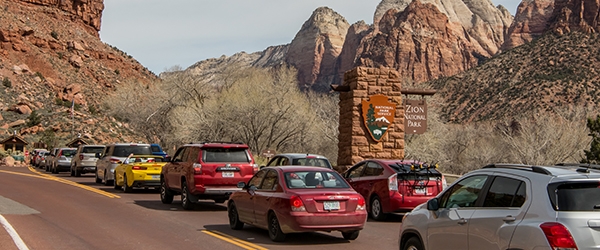This page serves as a homebase for our coverage of the 2020 Transportation Research Board (TRB) annual conference. Check back here for ongoing updates, as well as our Twitter and Facebook.
NITC GUIDE TO TRB (PDF): Our printable schedule of where all of our NITC researchers will be presenting at lectures, poster sessions, and workshops.
NITC RECEPTION AT TRB: Join us for transportation bingo and networking on Monday, January 13 (8:00 –10:30 PM) nearby at Fadó Irish Pub.
NITC STUDENT AWARD AT CUTC BANQUET: We’ll be celebrating our 2019 NITC “Student of the Year," Samuel Jensen of the University of Arizona, at the annual CUTC Banquet.
NITC AT TRB 2020 HIGHLIGHTS
Below is a small sampling of the expertise NITC is bringing to TRB 2020. For the ...
Read more
